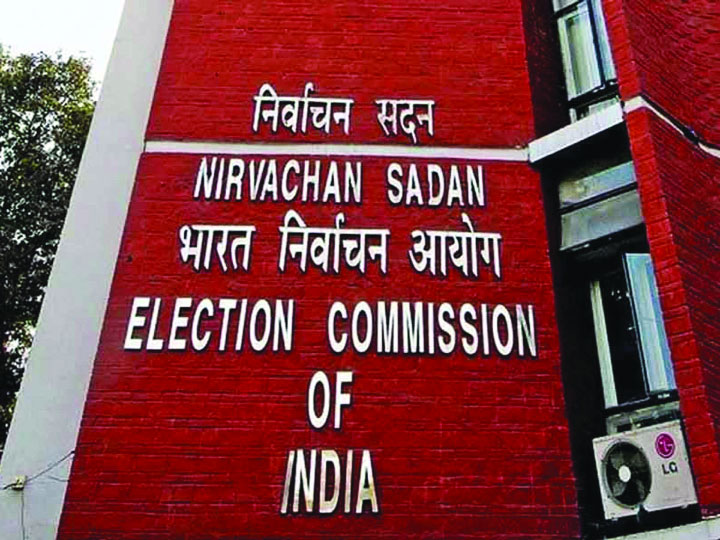A uniform database may be reformatory but as a build-up to simultaneous polls, there’s a political agenda
In what could signal the first step towards changing the electoral apparatus of the country and holding simultaneous polls, top officials at the Prime Minister’s Office (PMO) have discussed drawing up a common voters’ list. This means there would be a combined database that would be applicable to local body, Assembly and parliamentary elections. On the face of it, and taken in isolation, this is a favourable move. In fact, as far back as 1999, the Election Commission (EC) had argued for a uniform voters’ list, saying a multiplicity of rolls not only created confusion among voters but led to manipulation by political parties as well. Truth be told, there have been many cases where voters may have figured on the national rolls but not on the local list, simply because different mechanisms handle them. Often the inclusion of voters’ names for local body polls is heavily dependent on volunteers of local parties and, therefore, prone to fudging. Besides, a single voters’ list could also streamline processes and avoid duplication of effort and expenditure. But it is the political implications of the move that may well stall a consensus on what seems expedient. For the ruling BJP, it would mean ticking off another agenda it had promised in its manifesto and centralising control over voters’ lists, and by extension the electoral process in each State. This would be seen as a maximalist move on federalism by regional parties. As of now, the State Election Commissions (SECs) are bound by State laws, are autonomous and empowered to prepare their own electoral rolls for local body elections without coordinating with the EC. If the EC becomes the superintending authority, State Governments wouldn’t want to cede their territorial right to oversee local polls. They wouldn’t want their SECs defanged or their own political stake in Assembly formation compromised by a big-brotherly overlordship. Even the minutest roll revision, factoring in local dynamics, would have to be done through Central intervention. Even if the Centre pushes a constitutional amendment to Articles 243K and 243ZA, that currently give the power of superintendence, direction and control of preparation of electoral rolls and the conduct of local body elections to SECs, States wouldn’t correspondingly change their own laws and could place hurdles in implementation. Besides, one cannot deny this as a run-up to the “one nation one poll” proposal.
This, too, needs careful deliberation and has to be fully compliant with Constitutional checks and balances than just being a talking point. The high-sounding argument is that with States in India’s federal structure going to polls at varied points of time within the Central government’s mandated period of governance, no visionary or decisive steps can be taken or implemented as they would be subservient to electoral politics, which in this country tends to be overtly populist in nature. Besides, it would rid the country from being in a continuous poll mode and instead go in for a performance mode. But it is in the subtext of the Westminster system we have adopted that questions arise about whether a unitary system works best for our federal structure. And in the current political context, whether it threatens the very idea of regionalism itself, considering that in a single election, national issues tend to take centrestage and drown out or at least blur pertinent issues of localised interest, something that regional parties are usually in better command of and base their political relevance on. Although many argue that the Indian voter is evolved enough to make a distinction between the larger national interest and those of his periphery, there is always a possibility that the overarching aura of the former could swamp the judgment call of the voter at the State level, if the prevailing party seeking mandate happens to be of a centrist party. And as the Lok Sabha results have shown, the centrist surge helped the ruling NDA regain its footprint in States, where it had been hit badly in the Assembly elections. Of course, this, too, will require a substantive number of Constitutional amendments to the Representation of People’s Act 1951, the anti-defection law and others relating to rules of procedure with two-thirds majority in both Houses. Besides, such a move does not factor in mid-term situations where a State government may choose to dissolve itself or fall because of a loss of majority. Would the Governor then not call fresh polls or hold on to a moribund Assembly till the dates of the next round of general elections are announced? What if the Central Government falls before the term of the Assemblies ends? As it is, though we call ourselves a federal state, in reality we are a more centralised union of states. The “One nation, one election” formula would further strengthen this idea of a monolithic State. And given the state of disarray the Opposition is in, the BJP is making a loaded move.


























